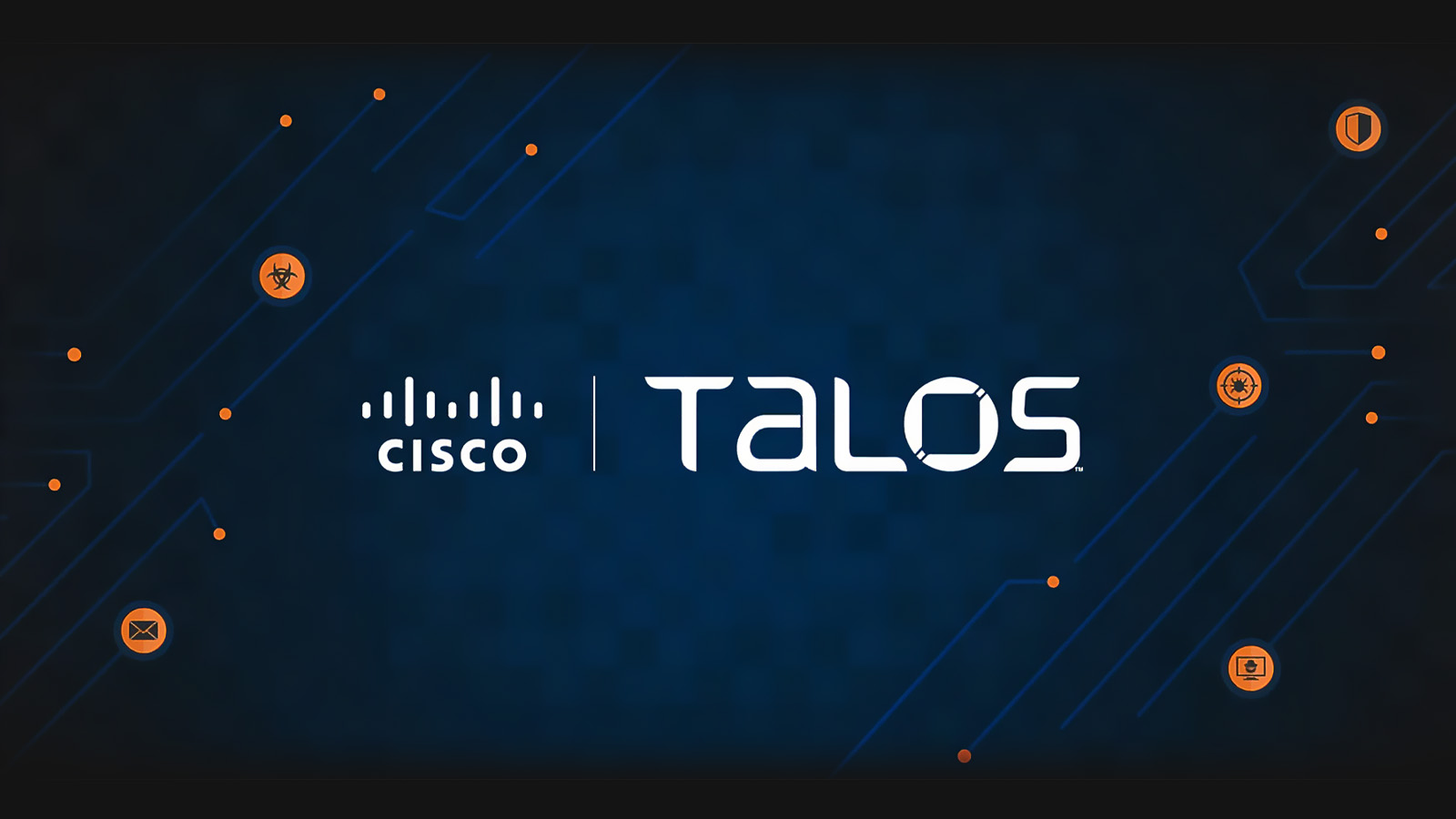The Growing Threat of Ransomware
Ransomware attacks are becoming increasingly sophisticated and are a major concern for enterprise security teams. Cisco’s Talos security intelligence group has recently conducted an in-depth analysis of various ransomware groups to uncover common tactics and offer actionable recommendations to fortify business defenses. This analysis included data from public leak sites, Cisco Talos Incident Response (Talos IR), internal tracking, and open-source reporting.
The Problem: Evolving Ransomware Tactics
Between 2023 and 2024, Cisco Talos reviewed 14 prominent ransomware groups to study attack volumes, their impact on customers, and the behavior of threat actors. The research revealed that some of the most prolific ransomware actors prioritize gaining initial access to targeted networks through valid accounts, often obtained via phishing for credentials. This initial access is frequently followed by exploiting known and zero-day vulnerabilities in public-facing applications, making it a prevalent entry vector.
Solution Overview: Key Findings and Recommendations
1. Initial Access and Exploitation Techniques
- Phishing and Credential Harvesting: According to Cisco Talos, phishing for credentials is a common precursor to ransomware attacks. This method is observed across all incident response engagements.
- Exploiting Vulnerabilities: Many ransomware groups exploit critical vulnerabilities in public-facing applications to gain initial access. This trend highlights the importance of regular patch management and robust security controls.
2. Emergence of New Ransomware Groups
- Diverse Operational Structures: The study noted a shift toward more boutique-targeted cybercriminal activities, with new groups like Hunters International, Cactus, and Akira focusing on specific niches and operational goals.
3. Defense Evasion Methods
- Disabling Security Software: Ransomware actors often disable or modify anti-virus programs and endpoint detection solutions to avoid detection.
- Obfuscation Techniques: These include packing and compressing malicious code, which unpacks itself in memory upon execution, as well as modifying system registries to disable security alerts and configuring software to execute at startup.
4. Additional Ransomware Trends
- MFA Exploits: Adversaries may bypass multi-factor authentication (MFA) by exploiting vulnerabilities or misconfigurations in internet-facing systems, such as legacy or unpatched software.
- Long-Term Access: Attackers aim to establish long-term access using automated malware persistence mechanisms, like AutoStart execution upon system boot, and creating secondary credentialed access with remote access software tools.
- Network Enumeration: Upon gaining persistent access, threat actors enumerate the target environment to understand the network’s structure, locate resources, and identify valuable data for double extortion.
- Network Scanner Utilities: Popular network scanner utilities, in conjunction with local operating system tools (e.g., Certutil, Wevtutil, Net, Nltes, and Netsh), are used to blend in with typical OS functions and aid in malware delivery.
- Double Extortion: Adversaries collect sensitive or confidential information for unauthorized transfer using file compression and encryption utilities (e.g., WinRAR and 7-Zip) and custom data exfiltration tools like Exbyte (BlackByte) and StealBit (LockBit).
Expert Insights: Advanced Persistent Threats (APTs)
According to Cisco Talos, bad actors involved in APT attacks aim to infiltrate networks and remain undetected to collect valuable data or lay the groundwork for future attacks. These post-compromise threats often target aging network infrastructure and edge devices with critical unpatched vulnerabilities.
Practical Recommendations for Combating Ransomware
1. Regular Patching and Updates
- Consistent Application of Patches: Regularly apply patches and updates to all systems and software to promptly address vulnerabilities and reduce exploitation risks.
2. Strong Password Policies and MFA
- Complex and Unique Passwords: Implement strong password policies requiring complex, unique passwords for each account.
- Enforce MFA: Add an extra layer of security by enforcing multi-factor authentication.
3. Network Segmentation and Access Control
- Isolate Sensitive Data: Segment the network to isolate sensitive data and systems, preventing lateral movement in case of a breach.
- Network Access Control Mechanisms: Utilize mechanisms like 802.1X to authenticate devices before granting network access, ensuring only authorized device connections.
4. Continuous Monitoring and Advanced Threat Detection
- Deploy SIEM Systems: Implement Security Information and Event Management (SIEM) systems to continuously monitor and analyze security events.
- EDR/XDR Solutions: Deploy Endpoint Detection and Response (EDR) and Extended Detection and Response (XDR) solutions on all clients and servers for advanced threat detection, investigation, and response capabilities.
Router-switch.com: Your Partner in Advanced Networking Solutions
For organizations seeking reliable and advanced networking solutions, Router-switch.com offers a comprehensive range of Cisco products. Partnering with Router-switch.com ensures your network infrastructure is equipped with the latest technology and expertise, effectively supporting your cybersecurity needs.
Fortifying Cyber Defenses Against Ransomware
Cisco Talos‘ insights underscore the critical need for comprehensive cybersecurity measures to combat evolving ransomware threats. By implementing these expert recommendations, organizations can significantly enhance their defenses and mitigate the risk of ransomware attacks. For more detailed information on Cisco’s innovative solutions and to explore a comprehensive range of products, visit Router-switch.com. Discover how these technologies can transform and secure your network infrastructure for the future.
Read More:
Fortinet Revolutionizes Firewall Management with FortiGate-as-a-Service
The Future of Networking: HPE’s $14B Acquisition of Juniper Networks




